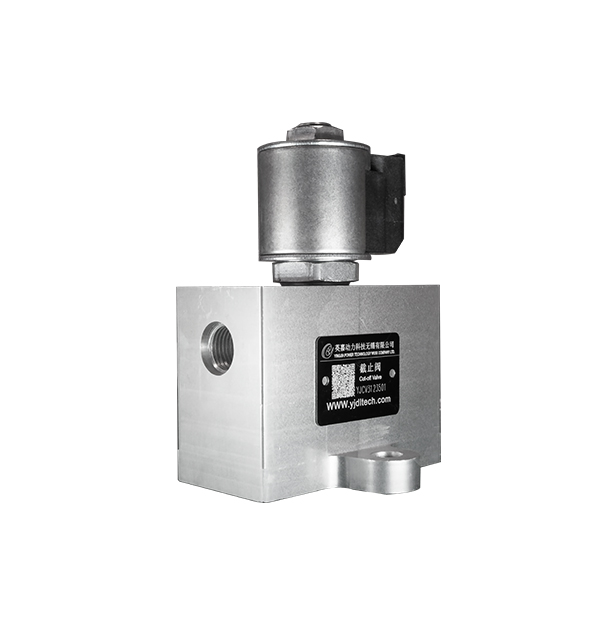Differences in Application Scenarios of Globe Valves and Control Valves in Hydrogen Production Units
Differences in Application Scenarios of Globe Valves and Control Valves in Hydrogen Production Units
I. Globe Valves: For Isolation and Shut-Off
Inlet/Outlet Control of Equipment
Applied to the inlet/outlet pipelines of reactors, separators, storage tanks, and other equipment in hydrogen production units. When equipment requires maintenance or fault handling, closing globe valves reliably cuts off the connection between the equipment and the rest of the system, preventing medium backflow or leakage. This ensures the equipment is safely isolated, providing a secure working environment for maintenance personnel.
Pipeline Cut-Off and Isolation
Used to isolate different process sections or pressure zones in pipeline systems. For example, installed on raw material gas transmission pipelines, hydrogen product pipelines, and auxiliary pipelines in hydrogen production units. When a pipeline section needs maintenance, modification, or encounters an emergency, the corresponding globe valve can be closed to isolate the faulty/maintenance area from normally operating pipelines, ensuring the continuity and stability of the entire unit's operation.

Small-Flow Cut-Off
Suitable for small-flow pipelines such as sampling pipelines for analytical instruments and additive injection pipelines. Globe valves offer excellent sealing performance when closed, ensuring complete cut-off of medium flow even in small-flow scenarios. This prevents minor leaks from affecting the accuracy of analysis results or the injection volume of additives, thus maintaining the stability of the hydrogen production process and product quality.
II. Control Valves: For Process Regulation
Flow Regulation
Required for regulating the flow of various gases or liquids in multiple links of hydrogen production units. For instance:
Installed on the pipeline where raw material gas enters the reactor to control the flow of raw material gas according to reaction needs, ensuring the reaction proceeds with appropriate raw material ratios to improve reaction efficiency and hydrogen yield.
In the hydrogen purification system, regulates the flow of purifying agents through control valves to optimize the purification process and ensure hydrogen purity.
Pressure Regulation
Some equipment and pipelines in hydrogen production units need to maintain stable pressure. Control valves regulate system pressure, such as:
Installed on the outlet pipeline of hydrogen compressors to automatically adjust the valve opening based on downstream users' pressure requirements for hydrogen, controlling the output pressure to stabilize within the set range. This prevents equipment damage or production process instability caused by excessive pressure fluctuations.
Liquid Level Regulation
Required for controlling liquid levels in storage tanks and separators of hydrogen production units. Control valves installed on inlet/outlet pipelines automatically adjust the inflow/outflow of liquids based on signals from liquid level sensors to maintain the liquid level within the specified range. For example, in a condensate storage tank, the control valve adjusts the discharge flow of condensate according to the liquid level to prevent tank overfilling or low liquid level from affecting the unit's normal operation.
